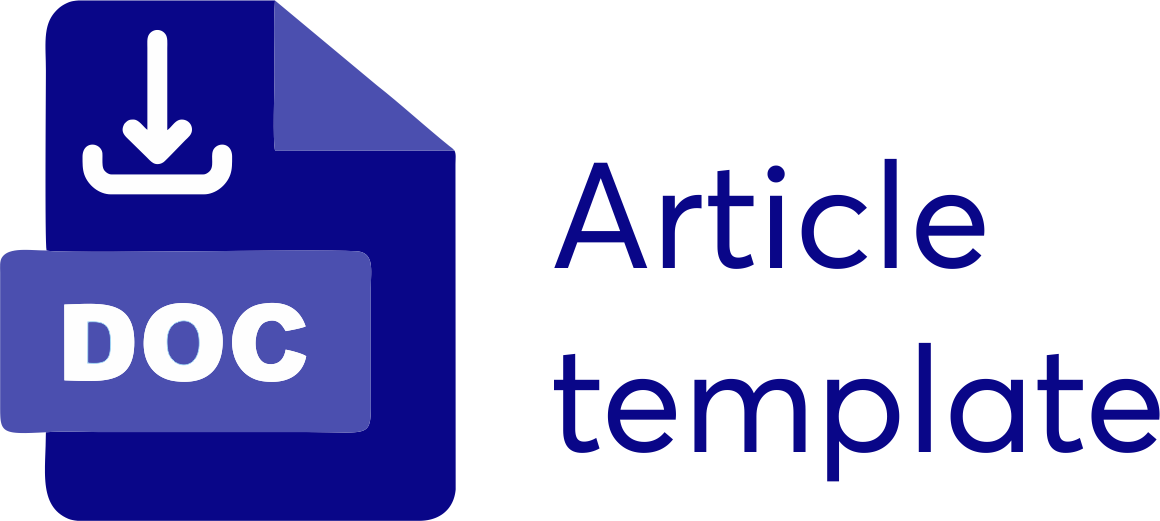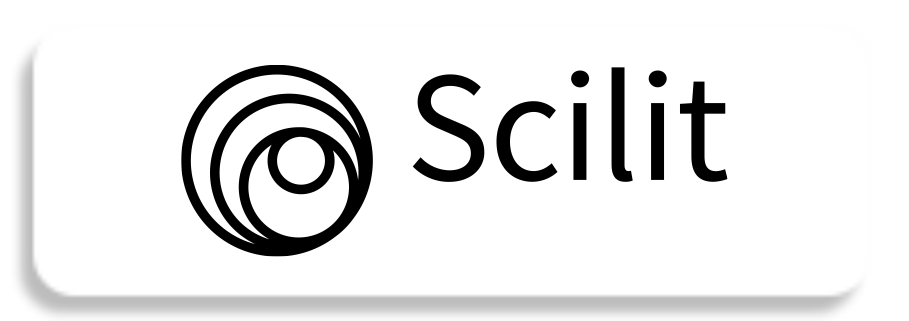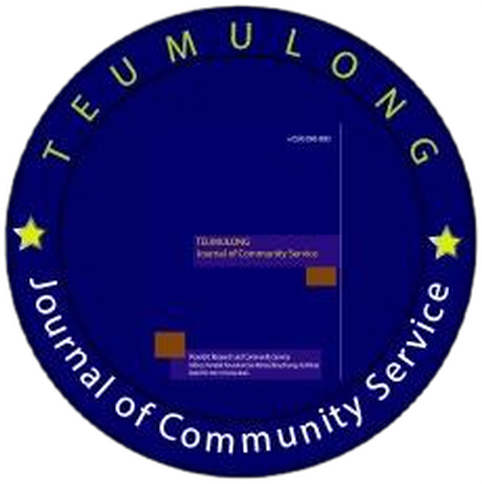Strategy Ecotourism in Perlis Malaysia To Become One Of Malaysia’s Top Destination
DOI:
https://doi.org/10.62568/jocs.v2i3.52Keywords:
Malaysia's Main Destination, Perlis, Ecotourism StrategyAbstract
Perlis has extraordinary natural wealth with green rice fields, stunning mountains, and rich biodiversity. This indicates great potential for ecotourism development in this area. The aim of this research is to explore ecotourism strategies in Perlis Malaysia to become one of the main destinations in Malaysia for sustainable ecotourism. This research adopts a qualitative method that places the researcher as the main instrument, carries out triangulation techniques for data collection, and applies inductive analysis. The research results show that cross-institutional collaboration is key to optimizing the tourism potential of the Perlis ecotourism area, creating positive effects for the local community and the tourism industry as a whole. The availability of amenities and public facilities in the Perlis ecotourism area is still not optimal, and promotion plays a crucial role in introducing, convincing, and maintaining interest in certain tourist products or destinations. In this case, the use of effective promotional media is the key to increasing the popularity and public awareness of Perlis ecotourism. Promotional strategies must take into account variations in audience interests and utilize various marketing tools, such as advertising, face-to-face sales, and publicity, to achieve optimal marketing goals.
References
Aina, N., Sobri, S., Hermawan, A., Hambali, K., Omar, W., & Mohamad Amini, M. H. (2020). THE POTENTIAL OF ECO-TOURISM: A NARRATIVE CASE STUDY OF PERLIS STATE PARK, MALAYSIA. Journal of Critical Reviews, 7, 3070–3077.
Arabi, A. (2022). Situasi Sosial Ekonomi Masyarakat Pesisir Perlis Di Kecamatan Berandan Barat Kabupaten Langkat. Jurnal Ilmiah Mahasiswa Ilmu Sosial Dan Politik [JIMSIPOL], 2(5).
Arida, I. N. S., & Sunarta, N. (2017). Pariwisata berkelanjutan. Pariwisata Berkelanjutan.
Aulia, T. O. S., & Dharmawan, A. H. (2010). Kearifan lokal dalam pengelolaan sumberdaya air di Kampung Kuta. Sodality: Jurnal Transdisiplin Sosiologi, Komunikasi, Dan Ekologi Manusia, 4(3), 345–355.
Azizah, M. N. L., Wulandari, D., & Marianti, A. (2021). Tantangan Mewujudkan Ekowisata Sungai Berkelanjutan untuk Meningkatkan Kesejahteraan Manusia dan Melindungi Keanekaragaman Hayati di Indonesia. Indonesian Journal of Conservation, 10(2), 72–77.
Fauziah, L. M., Kurniati, N., & Imamulhadi, I. (2018). ALIH FUNGSI LAHAN PERTANIAN MENJADI KAWASAN WISATA DALAM PERSPEKTIF PENERAPAN ASAS TATA GUNA TANAH. ACTA DIURNAL Jurnal Ilmu Hukum Kenotariatan, 2(1), 102–113.
Laksana, M. F. (2019). Praktis Memahami Manajemen Pemasaran. Sukabumi: CV Al Fath Zumar.
Lukitaningsih, A. (2013). Iklan yang efektif sebagai strategi komunikasi pemasaran. Jurnal Ekonomi Dan Kewirausahaan, 13(2), 116–129.
Pangestu, P., Alfatih, A., Murti, K., Effendi, S., & Izzudin, M. (2023). Pengembangan Komunikasi Pariwisata Lokal dalam Mendukung Branding Pariwisata Nasional" Sapta Pesona”. Geoedusains: Jurnal Pendidikan Geografi, 4(1), 18–30.
Rizal, F. (2020). Pengaruh Pengembangan Objek Wisata Halal Terhadap Pendapatan UMKM Di Sekitaran Masjid Raya Baiturrahman di Banda Aceh. UIN AR-RANIRY.
Rusli, T. S., & Boari, Yoseb; Amelia, D. A. (2024). Pengantar Metodologi Pengabdian Masyarakat. Yayasan Penerbit Muhammad Zaini.
Rusyidi, B., & Fedryansah, M. (2018). Pengembangan pariwisata berbasis masyarakat. Focus: Jurnal Pekerjaan Sosial, 1(3), 155–165.
Shatir, M. A. A. A., & Hamzah, Z. (2019). MULTIKULTURALISME DALAM NARATIF SEJARAH NASIONAL MALAYSIA. E-BANGI, 16, 1–15.
Sugiyono, D. (2010). Memahami penelitian kualitatif.
Suryadana, M. L. (2022). Pengantar pemasaran pariwisata.
Widyatmaja, S. I. K., & Ngurah, I. G. (2017). Pengetahuan Dasar Ilmu Pariwisata. Pustaka Larasan, Bali.
Zaenuri, M. (2012). Perencanaan Strategis Kepariwisataan Daerah: Konsep dan Aplikasi. Jogjakarta: E-Gov Publishing.
Downloads
Submitted
Published
How to Cite
Issue
Section
License
Copyright (c) 2024 Dian Deliana

This work is licensed under a Creative Commons Attribution-ShareAlike 4.0 International License.





















